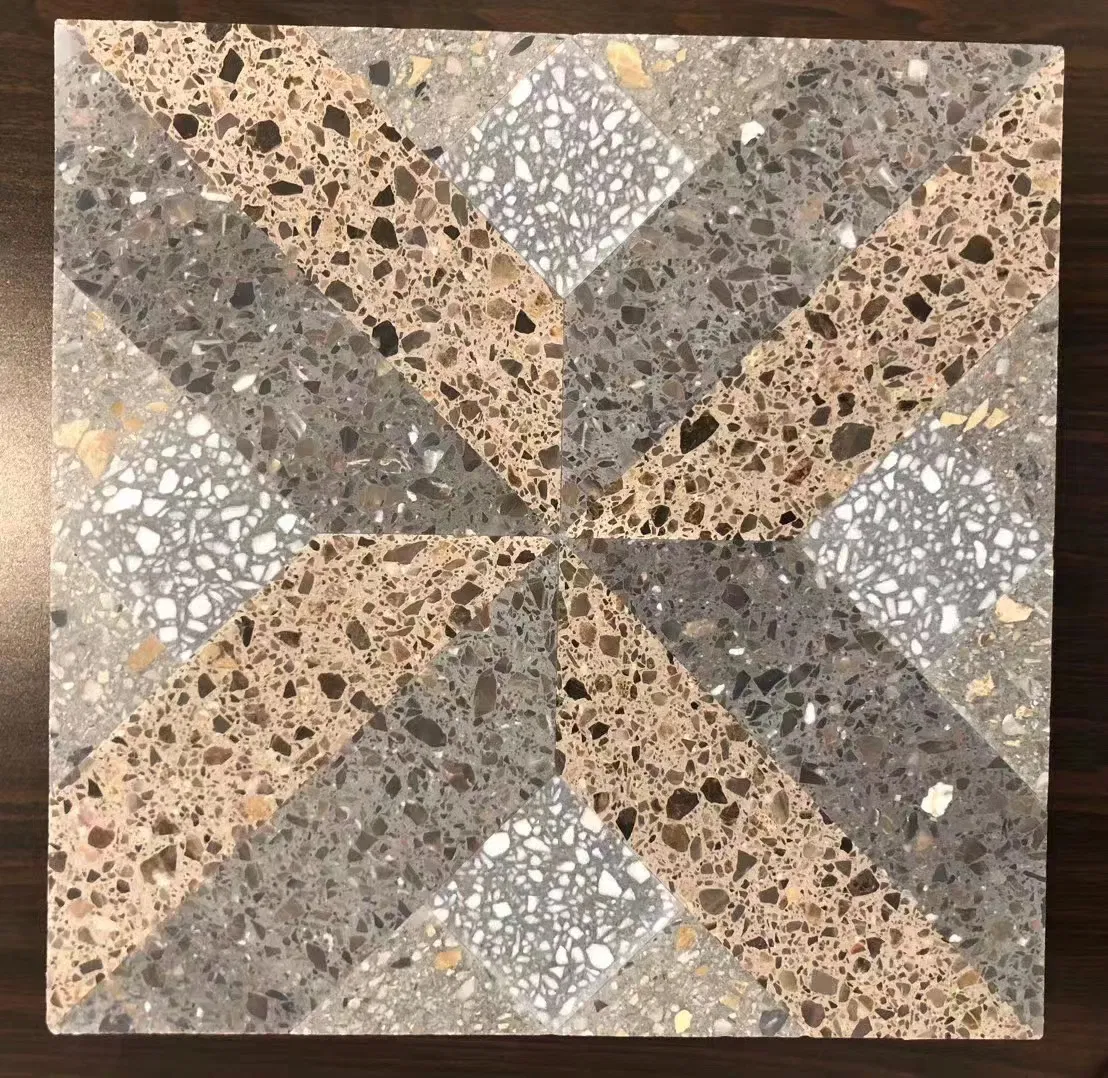Winterization Techniques for Vacation Homes and RVs: A Complete Guide to Cold-Weather Protection
That first crisp autumn morning is a beautiful thing. But for owners of seasonal properties or RVs, it’s also a wake-up call. Winter is coming, and with it, the potential for some seriously expensive headaches. A single burst pipe or a mold infestation can turn your happy place into a financial nightmare.
Honestly, winterization doesn’t have to be a daunting chore. Think of it as tucking your property in for a long, cozy nap. It’s a ritual of care that ensures a warm welcome back in the spring, free from surprises. Let’s dive into the essential techniques to protect your vacation home or RV from Old Man Winter’s grip.
The Core Philosophy: It’s All About the Water
Here’s the deal—the single most important principle of winterization is managing water. Wherever water can be, it will freeze. And when water freezes, it expands with immense force, enough to crack metal pipes, split plastic fittings, and destroy appliances. Your entire winterization strategy revolves around one goal: removing all standing water from your plumbing system.
Winterizing Your Vacation Home: A Step-by-Step Sanctuary Saver
A vacant house in the cold is vulnerable. It’s not just about the pipes; it’s about security, pests, and moisture control. A thorough approach is your best defense.
1. The Great Water Purge: Conquering the Plumbing
This is your main event. You have two primary methods, and the right one depends on your setup and climate severity.
Method A: Draining the System & Using Antifreeze
This is the most common and thorough method.
- Shut Off and Drain: First, locate your main water shut-off valve (usually where the water line enters the house) and turn it off. Then, open every single faucet in the house—both hot and cold—to relieve pressure. Start from the highest floor and work your way down.
- Drain the Water Heater: This is crucial! Turn off the power (or gas) to the unit. Connect a hose to the drain valve and run it to a floor drain or outside. Warning: The water will be extremely hot if you haven’t let it cool for hours. Open the pressure relief valve and then the drain valve to empty it completely.
- Blow Out the Lines (Optional but Recommended): Using an air compressor, you can blow out any remaining water from the pipes. Attach it to an outdoor hose bib or a designated blow-out port. Use low pressure (around 50 PSI) to avoid damaging the system.
- Antifreeze for Traps and Toilets: Pour a generous amount of plumbing-grade, non-toxic antifreeze (the pink stuff) into every drain P-trap, including sinks, showers, and floor drains. Flush each toilet and pour antifreeze into the bowl and tank, swishing it around to coat the trap.
Method B: Keeping the Heat On (The “Setback” Strategy)
If you have a reliable power source and want the flexibility for occasional winter visits, this can work.
- Set the Thermostat: Keep the heat set to a minimum of 55°F (13°C). This is usually warm enough to keep pipes in walls and crawl spaces from freezing.
- Open Cabinet Doors: Open the cabinets under all sinks to allow warm air to circulate around the pipes.
- Let Faucets Drip: On nights when a deep freeze is predicted, letting a faucet drip slightly can keep water moving and prevent pressure buildup.
2. Beyond the Pipes: Securing the Fort
Water isn’t your only enemy. You also need to think about critters, the elements, and general upkeep.
- Appliance TLC: Empty and clean the refrigerator and freezer, leaving the doors propped open to prevent mold. Turn off the ice maker. Run the dishwasher and washing machine through a cycle with a cup of vinegar to clean them, then leave their doors ajar.
- Pest-Proofing: Mice are looking for a winter home, and your cozy cabin is a five-star resort. Seal any cracks or holes with steel wool or caulk. You might even consider placing rodent bait stations strategically.
- Exterior Prep: Clean gutters to prevent ice dams. Drain and shut off outdoor sprinkler systems. Store patio furniture and grills. Trim any tree branches that could break under heavy snow and damage the roof.
- Security & Utilities: Set up timers for indoor lights to simulate occupancy. Unplug all non-essential electronics. Consider shutting off propane at the tank. Arrange for someone to plow the driveway after heavy snowfalls.
Winterizing Your RV: Protecting Your Home on Wheels
An RV is a different beast—a compact, mobile system that’s even more exposed to the elements. The process is more standardized but just as critical.
The RV Winterization Ritual
- Bypass the Water Heater: This is step one. Most RVs have a bypass kit. If not, you’ll need to drain the water heater completely. Bypassing it saves you from wasting gallons of expensive antifreeze.
- Drain Everything: Open all low-point drains. Drain the fresh water tank. Open all faucets (hot and cold) and flush the toilet until no more water comes out.
- Blow Out the Lines: Just like with a house, using an air compressor to blow out the lines is a fantastic way to ensure no water is left hiding in the pipes.
- Introduce the Antifreeze: This is the classic RV winterization move. With your water pump bypass valve set to draw from the antifreeze jug, turn on the water pump. Then, one by one, turn on each faucet (hot and cold) until you see that distinct pink color flow out. Don’t forget the outdoor shower and the toilet! Finally, pour a cup down each drain to protect the P-traps.
Other RV-Specific Must-Dos
- Battery Care: Disconnect the battery terminals or, better yet, remove the battery entirely and store it in a cool, dry place. A smart charger can keep it topped off over the winter.
- Propane System: Turn off the propane tanks at the valve.
- Exterior and Tires: Give the RV a good cleaning and wax. Cover the tires to protect them from UV degradation and cracking. Inflate them to the proper pressure. You might even want to put the RV on jack stands to take the weight off the tires and suspension.
- Interior Prep: Remove all food to deter pests. Clean thoroughly. Use moisture absorbers or desiccant bags to combat mold and mildew. Leave cabinet and refrigerator doors open for air circulation.
A Quick-Reference Checklist
| Task | Vacation Home | RV |
| Drain Water Heater | ✓ | ✓ (or Bypass) |
| Use Non-Toxic Antifreeze | ✓ (For Drains) | ✓ (For Entire System) |
| Blow Out Pipes with Air | Recommended | Recommended |
| Protect from Pests | ✓ (Seal Entry Points) | ✓ (Remove Food, Seal Vents) |
| Battery Maintenance | N/A (unless backup system) | ✓ (Remove or Use Charger) |
| Tire Care | N/A | ✓ (Cover & Inflate) |
| Manage Moisture | ✓ (Dehumidifier) | ✓ (Moisture Absorbers) |
The Final Thought: An Investment in Peace of Mind
Sure, spending a fall weekend on winterization might not be as fun as a summer weekend spent enjoying these spaces. It can feel like a lot of little, tedious tasks. But honestly, each step is a small act of preservation. It’s the difference between a springtime reunion filled with the simple joy of turning the key and the sickening feeling of discovering a frozen, flooded mess.
That peace of mind, knowing your sanctuary is safe and sound under a blanket of snow, is the ultimate reward. It lets you truly relax during the off-season, already dreaming of your next adventure.









